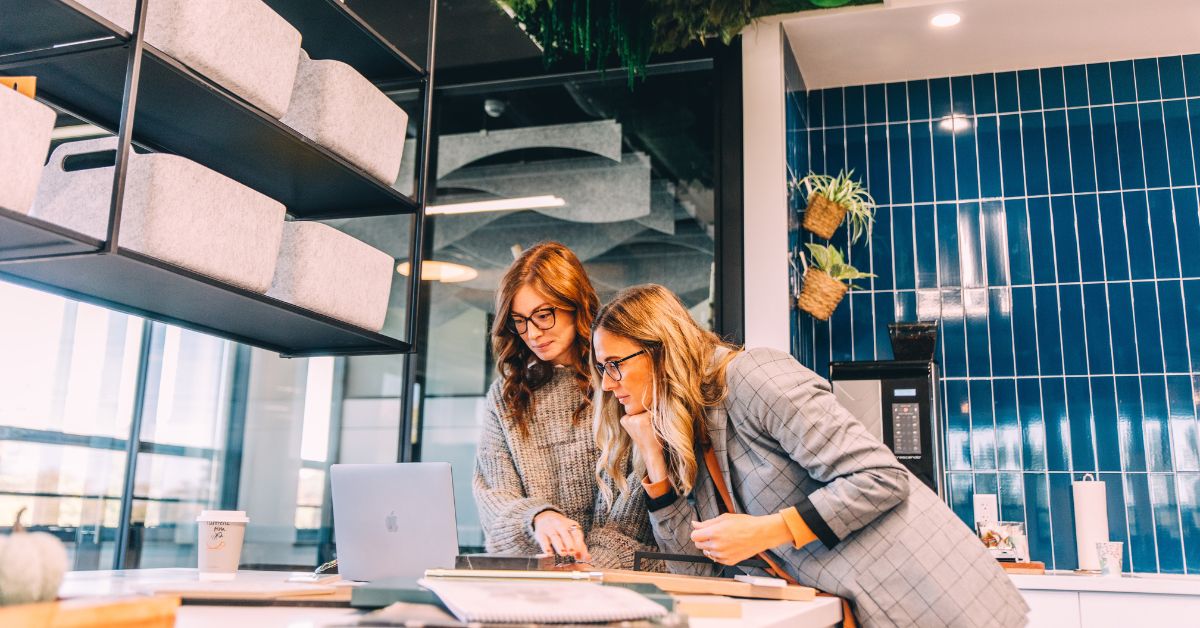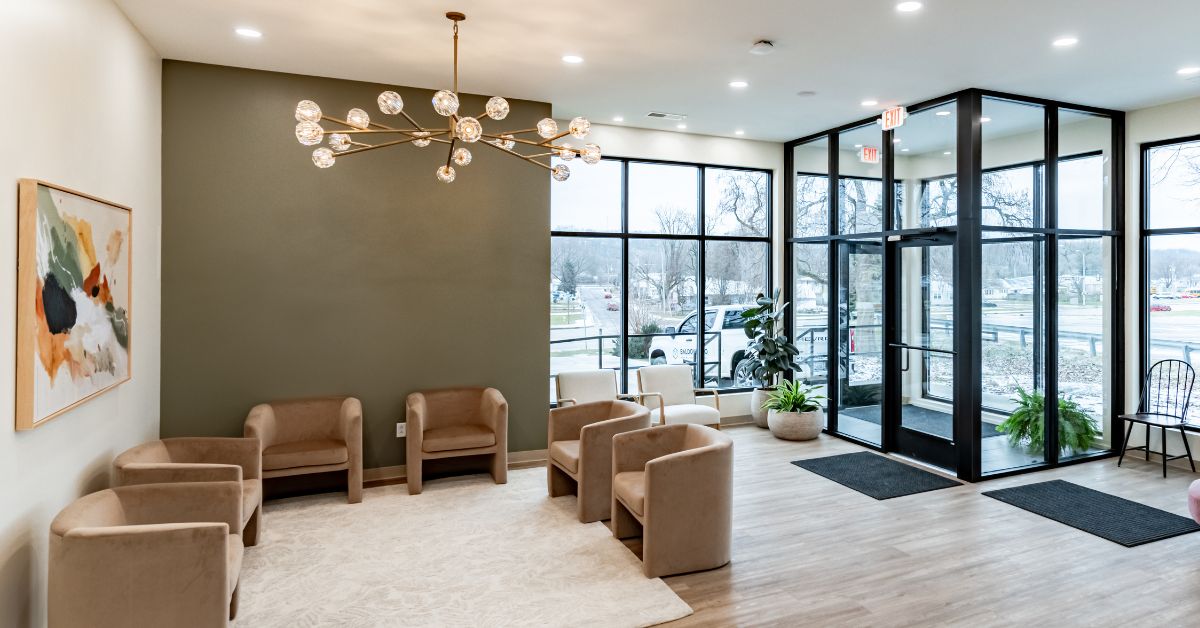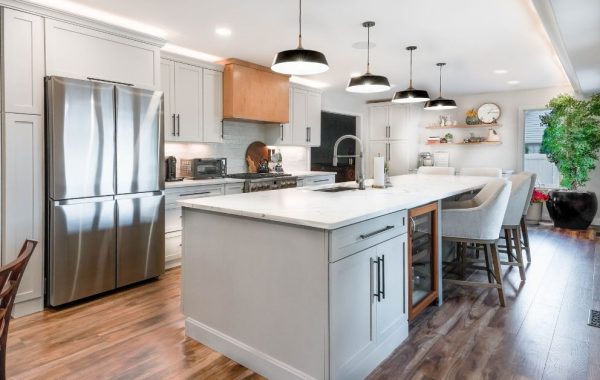
Sustainable Building Design: Why the Future Is Green
Sustainability is no longer just a trend; it has become a critical necessity in climate change, resource depletion, and the growing awareness of environmental impact. Across industries, businesses and individuals are choosing more ecologically responsible practices to reduce carbon footprints and foster long-term growth.
The construction industry is one area pressing for innovation and transformation, which has immense potential to affect global sustainability efforts. The concept of sustainable building design focuses on creating structures that minimize environmental harm while maximizing resource efficiency and maintaining the comfort and health of occupants.
Implementing these strategies is an exercise in corporate responsibility and a competitive advantage in a market increasingly driven by eco-conscious consumers and investors. This guide explores its core principles, benefits, challenges, and practical approaches to better understand why the future is green in sustainable building design.
What Is Sustainable Building Design?
Sustainable building design involves creating structures that prioritize the environment and resource efficiency at every life cycle stage. The approach carefully considers site selection, construction methods, operation, maintenance, and demolition and integrates renewable energy sources alongside environmentally friendly materials that reduce carbon emissions and minimize waste. Sustainable designs also emphasize energy and water efficiency through innovative technologies, such as energy-efficient appliances, rainwater harvesting systems, and advanced insulation.
This design philosophy aims to harmonize modern structures with the natural environment while promoting long-term economic, social, and environmental advantages by reducing a building’s ecological footprint.
Environmental Impact of Traditional Construction
The traditional construction industry has long been a critical contributor to environmental damage, with its practices leaving behind a considerable and far-reaching ecological footprint. Manufacturing materials, such as concrete and steel, promote high levels of greenhouse gas emissions, as these processes consume substantial energy and release carbon dioxide into the atmosphere.
Large-scale deforestation to obtain timber and other raw materials destroys vital ecosystems and reduces the planet’s ability to absorb carbon. Often, the construction process involves equipment and techniques that rely on non-renewable energy sources, compounding its negative impact.

Key Components of a Sustainable Building
A sustainable building incorporates numerous elements to minimize environmental impact and maximize resource efficiency.
Energy-Efficient Systems
These systems include energy-saving appliances, LED lighting, and advanced HVAC systems that reduce overall energy consumption. Smart energy management tools monitor and optimize energy use.
Water Conservation Features
Sustainable buildings integrate low-flow fixtures, water-efficient appliances, and systems that minimize water wastage. Technologies, such as greywater recycling and water-efficient landscaping, contribute to significant water conservation.
Thermal Insulation
Proper insulation in walls, roofs, and windows enhances energy efficiency by reducing the need for heating or cooling, thus reducing energy use.
Renewable and Recycled Materials
Using renewable, locally sourced, or made from recycled content ensures reduced environmental degradation and supports sustainable production practices.
Green Roofs and Living Walls
These components improve urban biodiversity, provide natural insulation, reduce the heat island effect, and contribute to air quality improvement.
Rainwater Harvesting Systems
Collecting and storing rainwater reduces reliance on municipal water supplies and provides an eco-friendly water source for landscaping or non-potable uses.
Efficient Waste Management
Systems for segregating, recycling, and composting waste minimize landfill contributions and promote circular solutions.
Daylighting and Natural Ventilation
Design strategies that maximize natural light and airflow reduce reliance on artificial lighting and mechanical ventilation, saving energy and improving indoor air quality.
Importance of Energy Efficiency in Sustainable Design
Energy efficiency directly addresses the substantial energy demands of buildings, which account for a large percentage of global energy consumption. Sustainable design significantly reduces energy usage while enhancing occupant comfort and minimizing environmental impact by integrating various innovative strategies.
Buildings can achieve considerable cost savings over their lifespan by lowering utility expenses while aligning with global efforts to mitigate climate change. By prioritizing energy-efficient practices, sustainable design benefits the environment and contributes to a more energy-secure future.
Benefits of Sustainable Materials
Sustainable materials offer numerous advantages that make them essential in modern construction practices. These materials, which include recycled metal, bamboo, reclaimed wood, and low-carbon concrete, ensure minimal environmental impact.
Their durability and long lifespan contribute to lower maintenance and replacement costs, making them economically viable options. Sustainable materials also foster ethical supply chain practices and support local economies, encouraging the adoption of greener technologies and innovations.

Financial Advantages of Green Buildings
Investing in green buildings offers various financial benefits that can significantly offset initial costs. Green buildings also increase property value, aligning with the growing demand for sustainable real estate in residential and commercial markets.
Governments and local authorities further incentivize green construction through tax credits, grants, and subsidies, reducing upfront costs for developers and owners. Businesses operating from green-certified premises may benefit from improved employee productivity and reduced operational expenses associated with healthier indoor environments, creating economic advantages.
Health and Well-Being of Occupants
Sustainable buildings prioritize the health, comfort, and overall well-being of their occupants by incorporating thoughtful design principles and advanced building technologies. These structures promote improved indoor air quality through proper ventilation systems, reducing the risk of respiratory issues and enhancing overall physical health.
Optimal lighting minimizes eye strain and fosters mental clarity, while quieter environments help to reduce noise pollution and stress levels. Enhanced thermal comfort ensures that indoor spaces are consistently pleasant, regardless of the season, contributing to greater productivity and comfort for occupants.
Overcoming Challenges in Sustainable Construction
While sustainable building design offers numerous benefits, it also has some challenges. One of the primary obstacles is the higher upfront costs associated with eco-friendly construction methods and materials, which can deter some developers from committing to these practices.
The limited availability and accessibility of green materials present logistical issues that can slow project timelines. Working with a professional commercial construction company will leverage innovative technologies and resource-efficient solutions to bridge these gaps, making sustainable construction more feasible and cost-effective.
The Role of Technology in Advancing Sustainability
Technology is a powerful catalyst in advancing sustainability across various sectors, particularly in the built environment. Innovations such as building information modeling (BIM), smart building systems, and energy simulation enhance the design and construction of more eco-friendly and efficient infrastructure.
Smart building systems use real-time data to monitor and regulate energy consumption, ensuring operations remain efficient while minimizing environmental impact. Energy simulation tools improve decision-making by predicting a building’s energy performance, allowing for proactive measures to reduce inefficiencies before construction begins.
The future is green in sustainable building design. It represents a vital route to addressing today’s environmental challenges while preparing for future needs. Reimagining the design, construction, and building use unlocks opportunities to create a world where development and environmental responsibility go hand in hand. Committing to sustainability is a step toward securing a brighter, greener tomorrow.



